Cozumel Vultures
Vultures in Cozumel: A Quick Overview
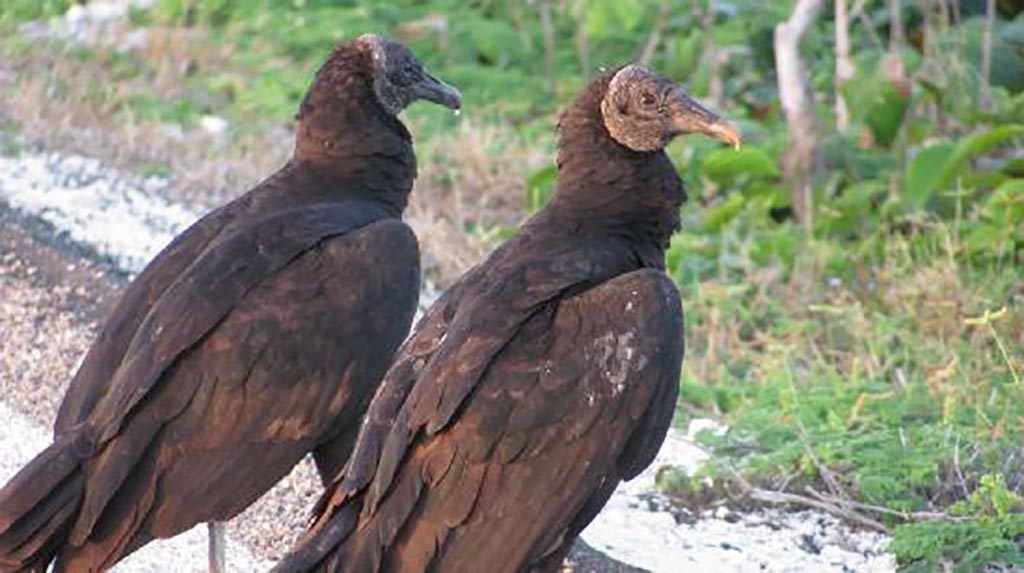
Cozumel is home to Black Vultures (Coragyps atratus ) and Turkey Vultures ( Cathartes aura).Vultures are soaring scavengers common throughout Mexico and Central America, including Cozumel. They’re a common sight if you look up into the Cozumel sky.
Adult turkey vultures have reddish heads, hence their name. They are large birds, about 70 centimeters (2.3 feet) in length, with a wingspan of more than 1.6 meters (5.25 feet).
The turkey vulture (Cathartes aura) is easily distinguished in flight by its two-tone wings; the feathers nearer the body and head are much darker than those behind. Its flying pattern is equally distinctive: turkey vultures soar upwards on the breeze or in a thermal, outstretched wings held above the horizontal, tilting first to one side, then the other, scarcely bothering to flap.
In general, Black Vultures prefer larger carrion, while Turkey Vultures appear more specialized for detecting and consuming smaller carcasses; however, both species are opportunistic foragers known to consume a wide range of foods, including carrion from wild and domestic animals (fish, amphibians, reptiles, birds, and mammals), terrestrial and aquatic invertebrates, carrion-dwelling insects (e.g., maggots and beetle larvae), animal dung, household garbage, and on occasion fresh and rotting fruits, so basically anything.
Vultures serve a vital role as nature’s “clean-up crew”, devouring carcasses and stopping the spread of disease, such as tuberculosis and anthrax, to other wildlife, livestock, dogs, and people.
Vulture urine is so full of uric acid, that it kills al bacteria, which is helpful since they’re often standing in a rotten carcass. Since the urine drips down their legs, it’s basically their own sanitizer, and gives the birds their pungent and overbearing smel
At Punta Sur, biologists have observed them opening the nest of an American crocodile ( Crocodylus acutus ), extracting eggs, and consuming embryos.
Visitors arriving often notice the 4 hawks kept on site at the Cozumel International Airport, as a deterrent to birds, especially the vultures as they can pose a real risk to airplanes if they were to get caught in their engines.
Un vistazo rápido a los zopilotes de Cozumel
Cozumel es el hogar de los zopilotes negros/buitre negro americano (Coragyps atratus) y del zopilote aura/buitre americano cabecirrojo (Cathartes aura). Los zopilotes son carroñeros voladores comunes en todo México en América Central, incluyendo Cozumel. Es común verlos cuando uno voltea hacia el cielo de Cozumel.
Los buitres americanos cabecirrojos adultos tienen la cabeza color rojizo, de ahí su nombre. Son aves grandes, de unos 70 centímetros de longitud (2.3 pies), con una envergadura demás de 1.6 metros (5,25 pies).
El buitre americano cabecirrojo (Cathartes aura) es fácil de distinguir en vuelo por sus alas bicolores. La plumas más cerca del cuerpo la cabeza so mucho más oscuras que las de atrás. Su patrón de vuelo también es característico: los buitres americanos cabecirrojos se elevan con la risa o vuelan en una corriente caliente, con las alas extendidas en forma horizontal, inclinándose hacia un lado y luego hacia el otro, sin apenas molestarse en aletear.
En general, los buitres negros prefieren la carroña de mayor tamaño en tanto que los buitres americanos cabecirrojos parecen estar más especializados en la detección y consumo de animales muertos más pequeños. Sin embargo, ambas especies son carroñeras y oportunistas que consumen una amplia gama de alimentos que incluyen carroña de animales salvajes y domésticos (peces, anfibios, reptiles, aves y mamíferos), invertebrados terrestres y acuáticos, insectos carroñeros (por ejemplo, gusanos y larvas de escarabajos), estiércol animal basura doméstica y, en ocasiones, frutas frescas y en descomposición así que, básicamente, cualquier cosa.
Los zopilotes desempeñan un papel vital como “equipo de limpieza” de la naturaleza, devorando cadáveres y deteniendo la propagación de enfermedades, como la tuberculosis y el ántrax, a otros animales salvajes, ganado, perros y personas.
La orina de los buitres está llena de ácido úrico que mata tocas las bacterias, lo que resulta muy útil ya que con frecuencia se les ve parados sobre cadáveres podrido. Ya que la urina gotea por sus patas, es básicamente su propio desinfectante y da a estas aves su olor penetrante y dominante.
En Punta Sur los han observado abriendo el nido de un cocodrilo americano (Crocodylus acutus), extrayendo los huevos y consumiendo los embriones.
Con frecuencia, los visitantes que llegan se percatan de los 4 halcones que se mantienen en el Aeropuerto Internacional que sirven para disuadir a las aves, en especial a los buitres ya que pueden suponer un verdadero riesgo para las aeronaves si quedan atrapados en sus motores.
______________________________
Una ex yanqui de Connecticut quien llama hogar a Cozumel desde hace más de 15 años. Laura escapó al Caribe hace años, desplazándose de una isla a otra dando clases de BUCEO. Se dedicó a perder el tiempo en Jamaica y finalmente se detuvo en Cozumel para pasar unas vacaciones de 2 semanas que aún no terminan. Convenciendo a sus padres que pagaran una elegante universidad privada, obtuvo su título en Periodismo y Laura crea semanalmente Cozumel 4You, medios sociales y artículos promocionales sobre la Isla y también es moderadora en el grupo Cozumel 4 You en Facebook que actualmente cuenta con 25,000 miembros. Fabián, s umuy tolerante marido, desde hace mucho tiempo se resignó a no tener vida privada, pues se ha visto implicado en los diversos proyectos y planes que urde Laura. Son orgullosos padres de diversos perros y gatos rescatados. Mientras contempla su paso a través de la vida en el Caribe mexicano,Laura continúa siendo la pesadilla en la existencia de su muy tradicional suegra mexicana.
- Mexico New Coins - April 18, 2025
- Feria Cedral 2025 - April 18, 2025
- 2025 Turtle Season - April 18, 2025
An ex-Connecticut Yankee who has called Cozumel home for over 18 years, Laura ran away to the Caribbean years ago, bumped around the islands teaching SCUBA diving, lost some time in Jamaica, and finally stopped in Cozumel for a 2 week vacation that hasn’t ended yet. With a degree in Journalism from a fancy private college she convinced her parents to pay for, Laura writes, edits, and creates the weekly Cozumel 4 You news, social media, and promotional articles about the island, as well as moderates the Cozumel 4 You Facebook group, which currently has over 25,000 members. Her long suffering husband, Fabian, has long since resigned himself to having zero private life, as he’s been involved in her various schemes and plots since his arrival. Proud parents to a variety of rescue dogs and cats, Laura continues to be the bane of her traditional Mexican mother-in-law’s existence, as she muses her way through life in the Mexican Caribbean. ______________________________ Una ex yanqui de Connecticut quien llama hogar a Cozumel desde hace más de 15 años. Laura escapó al Caribe hace años, desplazándose de una isla a otra dando clases de BUCEO. Se dedicó a perder el tiempo en Jamaica y finalmente se detuvo en Cozumel para pasar unas vacaciones de 2 semanas que aún no terminan. Convenciendo a sus padres que pagaran una elegante universidad privada, obtuvo su título en Periodismo y Laura crea semanalmente Cozumel 4You, medios sociales y artículos promocionales sobre la Isla y también es moderadora en el grupo Cozumel 4 You en Facebook que actualmente cuenta con 25,000 miembros. Fabián, s umuy tolerante marido, desde hace mucho tiempo se resignó a no tener vida privada, pues se ha visto implicado en los diversos proyectos y planes que urde Laura. Son orgullosos padres de diversos perros y gatos rescatados. Mientras contempla su paso a través de la vida en el Caribe mexicano, Laura continúa siendo la pesadilla en la existencia de su muy tradicional suegra mexicana.
2025 Turtle Season
2025 Turtle Season 2025 Cozumel Turtle Egg Season Kicks off With the...
“Cozumel Vivo” Marine Conservation
“Cozumel Vivo” Marine Conservation The “Cozumel Vivo” Project Unites Science and Community...
Cozumel Sargassum Seaweed
Cozumel Sargassum Seaweed Spring is Here & so is Sargassum The sargassum...
Reef Care Parrotfish Slaughter Cozumel
Reef Care Parrotfish Slaughter Cozumel “Caring for our reefs is everyone’s responsibility,”...


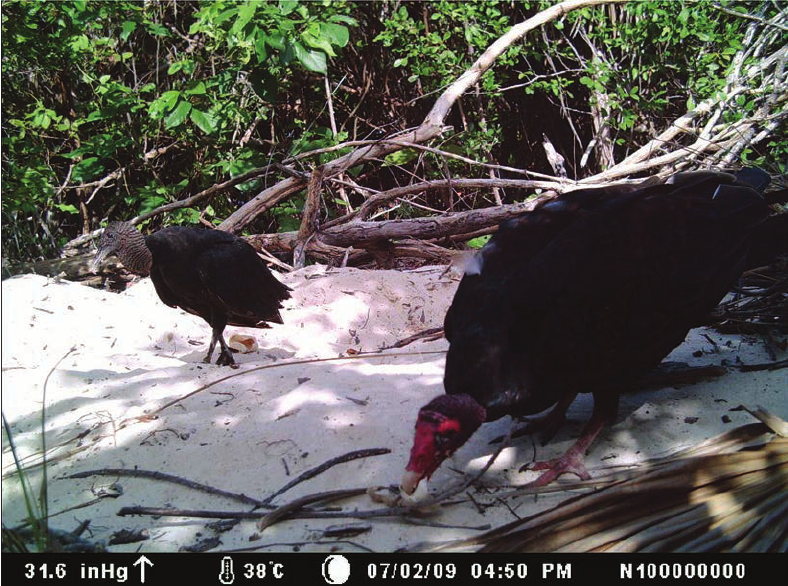

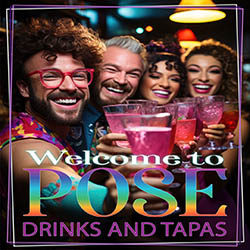
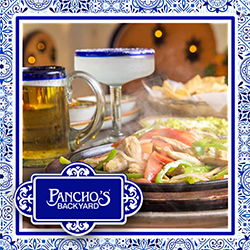
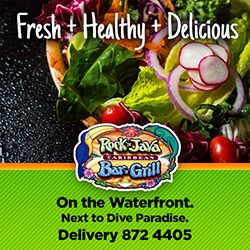
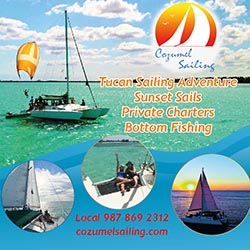
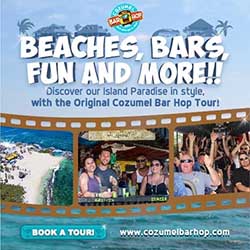
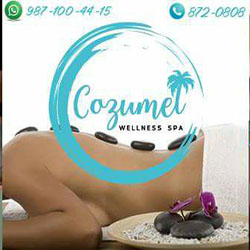
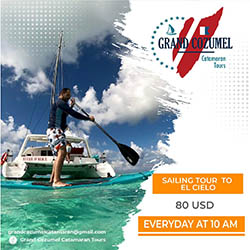
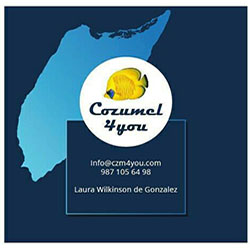
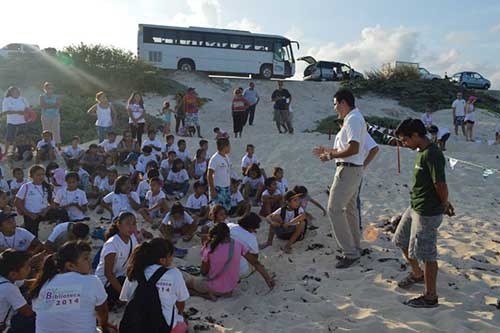
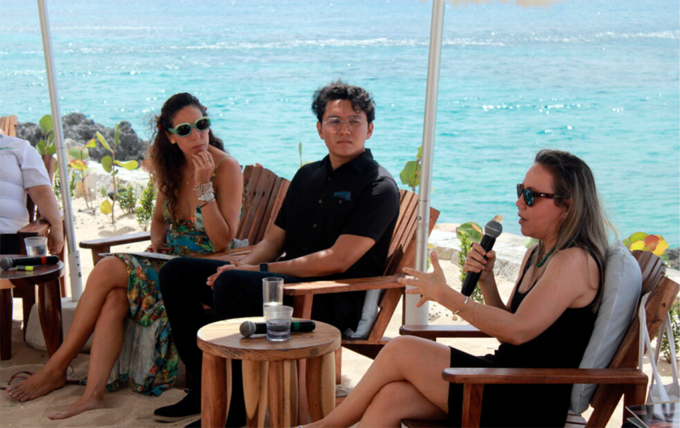
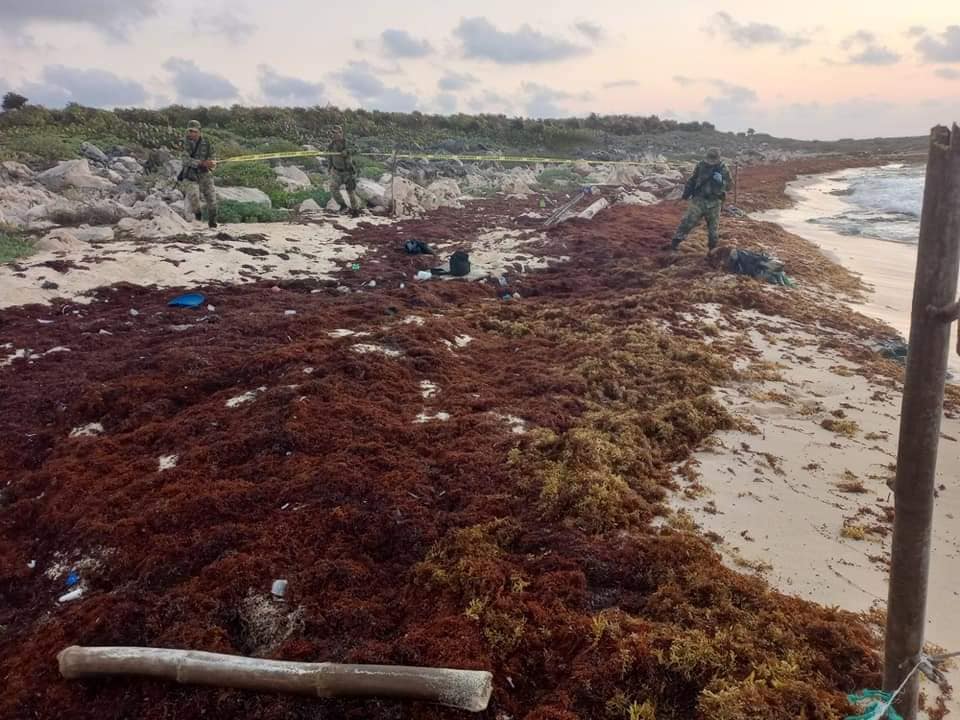
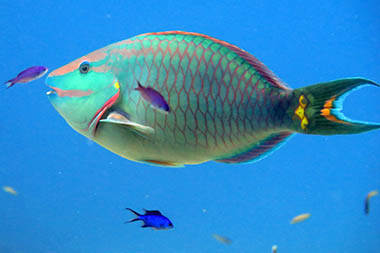
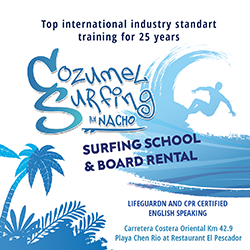


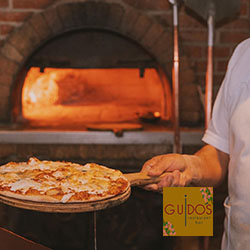

Leave a comment